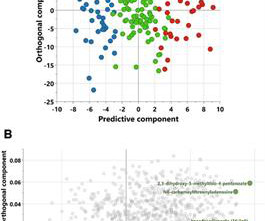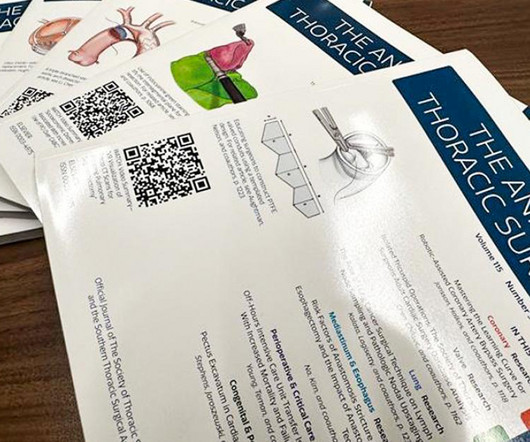Abstract WP266: Prediction of Stroke Incidence Using Machine Learning: The Suita Study
Stroke Journal
FEBRUARY 1, 2024
Stroke, Volume 55, Issue Suppl_1 , Page AWP266-AWP266, February 1, 2024. Background:This population-based study investigated the potential of machine learning algorithms to predict stroke incidence and identify important risk factors. These clusters were categorized into high-, medium-, and low-risk groups.


















Let's personalize your content